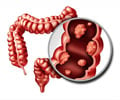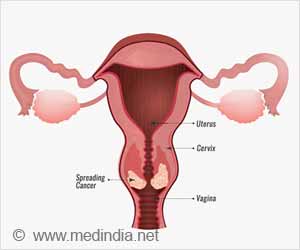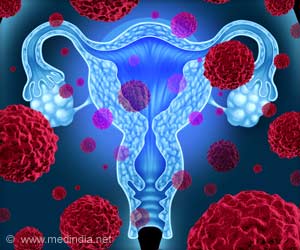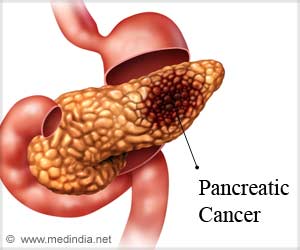Blocking cancer’s mechanism to evade high oxygen threat opens a new approach to attack and kill cancer cells.

‘Lung cancer cells survive high oxygen threat by increasing production of a protein called NFS1, which harvests sulfur from the amino acid cysteine to make iron-sulfur clusters.’





The current study shows that lung adenocarcinoma cells survive this oxygen threat by producing more of a protein called NFS1, which harvests sulfur from the amino acid cysteine to make iron-sulfur clusters. The researchers also found that breast cancer cells that have spread to the lungs dial up NFS1 production upon arriving in a high-oxygen environment, while cells remaining in the breast do not. "Our data support the notion that NFS1 provides a central protection for cancer cells against oxygen, and we hope to find ways to take it away," says lead study author Richard Possemato, PhD, assistant professor in the Department of Pathology at NYU School of Medicine.
In a genetic trick, the research team used short hairpin RNAs to switch off 2,752 genes related to cell metabolism, including iron and sulfur biochemistry, one by one. They found that many genes which were essential to survival in high oxygen levels were not as important in low oxygen.
Strikingly, the NFS1 gene was the most essential for survival at the elevated oxygen level present in the lungs, but not at the much lower oxygen level encountered by cells under the skin. When the researchers injected cancer cells with or without NFS1 under the skin of mice, a low oxygen environment, they grew equally well. But the same cells failed to form tumors in the lungs. Consistent with these findings in mice, analysis of human datasets revealed that NFS1 levels were higher in lung adenocarcinoma cells than in nearby, normal lung tissue.
Two New Ways to Stop Lung Cancer Growth
Advertisement
Alternatively, the number of iron-sulfur clusters may serve as a sensor of iron levels. When clusters dip too low, say the authors, cells "think" they are short on iron, and free more from the molecules that store it. In studies of cultured cancer cells, the Perlmutter Cancer Center team found that this build-up of "free" iron causes the production of reactive oxygen species (ROS) that damage cell membranes and trigger a type of cell death called ferroptosis. The authors note that future work will be needed to confirm this effect in live animals.
Advertisement
As a next step, the research team is screening for experimental compounds that block the ability of NFS1 to feed the production of iron-sulfur clusters.
Source-Eurekalert















